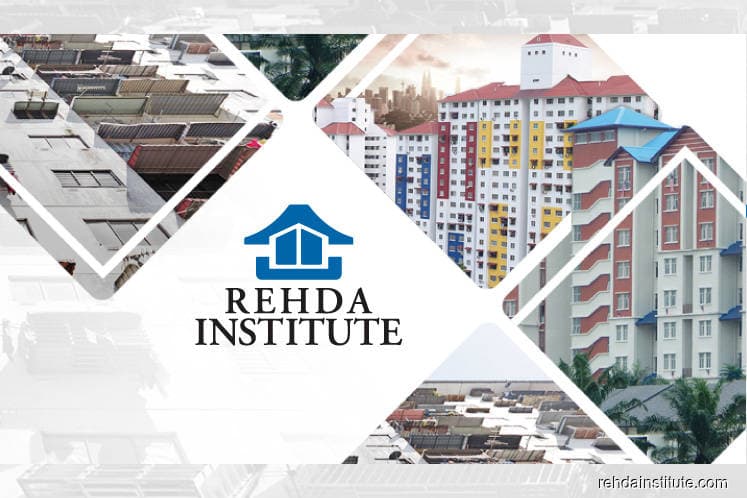
This article first appeared in The Edge Financial Daily on July 16, 2018
KUALA LUMPUR: Rehda Institute has proposed for the government to set up a dedicated unit to look into the overall master planning of affordable homes nationwide.
In its latest “Affordable Housing Report” launched on Saturday, the association proposed for the formation of a special purpose central agency (SPCA) under the housing and local government ministry “to redefine the roles of the public and private sectors in providing affordable homes under a holistic master planning”.
“A SPCA is to coordinate collation, management, analysis and dissemination of market information. One of the main functions of SPCA is to manage an updated and well-coordinated market information system [so that] such information must be made useful [and accessible] to the industry,” the report said.
It suggested that stakeholders such as Bank Negara Malaysia, the Department of Statistics, the National Property Information Centre and Rehda Institute to develop and conduct surveys and analyse data to ensure timely release of market information.
This is necessary to address as affordable homes are being built across the country but there is a lack of demand for them, the association said.
As at the end of the first quarter of 2018, Malaysia recorded 23,599 units in residential overhang, with 14,739 units (62.5%) priced below RM500,000.
The study added that the unsold units under the bumiputera quota, which are not released to the open market, add up to holding costs and overall costs of development.
According to Rehda Institute, Malaysia is the only country where the private sector is imposed with compulsory affordable housing quota across the board nationwide.
The report is an independent study done by Rehda Institute to address the structural problems in the affordable housing development.
It identifies nine structural problems in providing affordable housing including addressing the fragmented and unlevel playing field of the public and private sectors, rigid housing policies on quota and price controls, unsuitability land scarcity, cross subsidies, rising development costs.
It also identified the unproductive use of public funds, low financial capacity for the bottom 40% (B40) and middle 40% (M40) groups, as well as the absence of reliable market data as structural issues.
As part of solutions proposed, the report highlights the need to redefine the affordability threshold price levels statewide.
“[This is] to match supply and demand by streamlining provision of affordable housing based on household income and demographics in respective states/local areas,” the report said.
It proposed a maximum affordability threshold based on states’ median income loan eligibility (see table).
The report also proposed for financial institutions to provide an interest subsidy for the B40 and M40 income earners where they only pay interest at a subsidised rate for the first five years of their mortgage.
“From the sixth year onwards, [they] would start to pay principal at staggered amount lower in initial years and higher in later part of the tenure — not in equal instalments throughout loan tenure. This helps with affordability as income grows over the years,” the report said.
The B40 group refers to Malaysian households earning RM3,900 a month or less, while the M40 segment is defined as households with income ranging from RM3,860 to RM8,319.